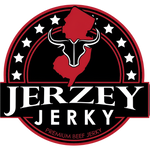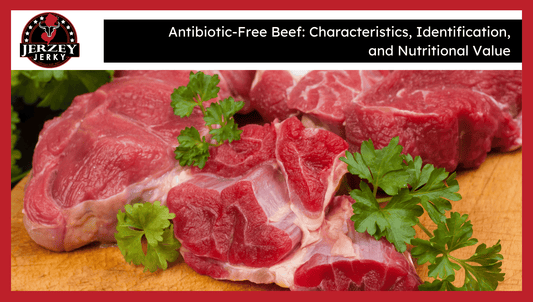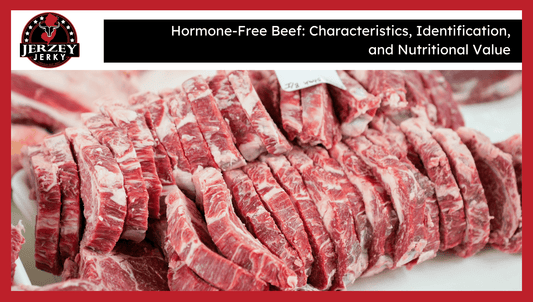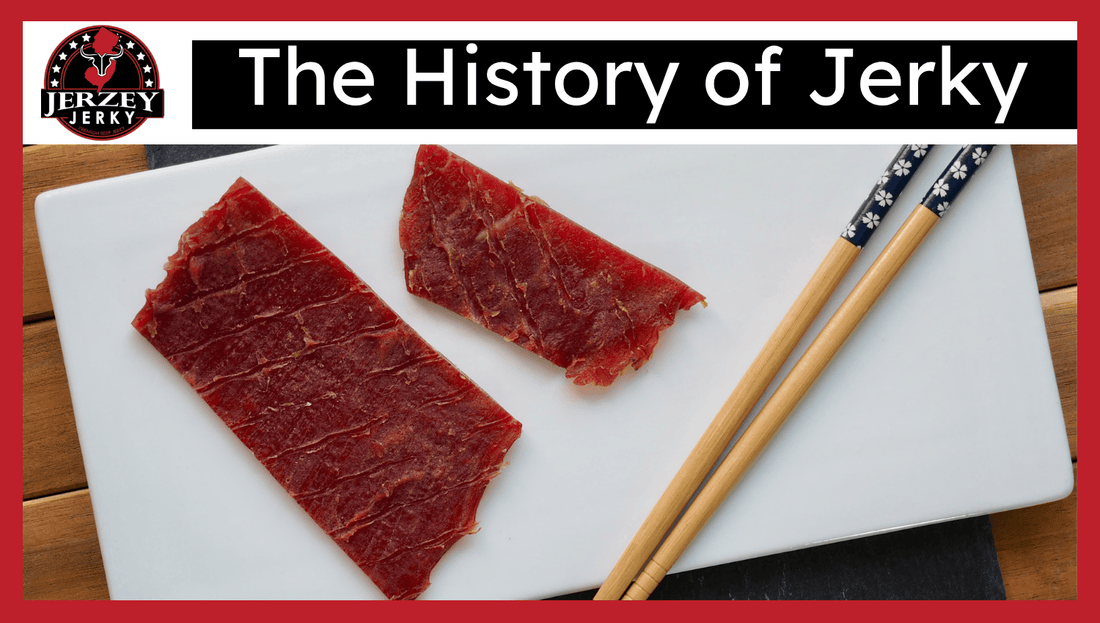
The History of Jerky: Origins, Evolution & Cultural Impact
Jerky is a piece of meat that undergoes a drying process to remove 60–70% of its moisture, typically through air-drying, smoking, or curing. This prevents spoilage and refrigeration of meat.
It initially came as a survival technique. In the 1500s, ancient Andean communities developed charki out of alpaca. Spanish people embraced it and referred to it as “charqui.”
Native peoples of North America used dried bison and berries to make pemmican. These inventions facilitated long travel and survival during winter.
Jerky is prepared from beef, venison, fish, buffalo, and turkey. At least 5 global civilizations also developed analogous techniques. It is historically valued in the use in the Andes, Egypt, North America, Mongolia, and Africa.

What Are the Ancient Jerky Preservation Techniques?
Here are the seven ancient jerky preservation techniques:
- Old techniques of meat preserving: Ancient hunters preserved food by drying meat in sunlight or over a fire. This helped them survive tough seasons. European evidence suggests that the technique was implemented as early as 40,000 BCE during the early settlement of humans.
- Incan Civilization and Charqui: The Quechua people in the Andes prepared charqui by drying the meat of alpaca with cold air and sunshine. This technique was observed by the Spanish explorers in the 1500s. Jerky is an English term deriving out of charki.
- Pemmican Native American: The Cree tribe and the Lakota tribe prepared the pemmican using fat with dried bison and berries in combination. It remained for many months and favored travel. According to the written records, pemmican was in use in the whole of North America by the 1700s.
- Drying in Ancient Egypt: Egyptians dried meat by the use of salt and desert heat. Dried meat was also used to fill in tombs as offerings. In ancient Egypt, dried meat was preserved in burial sites dating to about 1500 BCE.
- Mediterranean and Middle Eastern Salt Curing: Dry salt or salty water was used by the people of Mesopotamia and Greece to preserve meat. They conserved lamb, goat, and fish. Salt curing was practiced in 3000 BCE in temples through cuneiform texts.
- Spices and Fermentation Asian Preservation: The Southeast Asians and Chinese preserved meat by using spices, sugar, and soy. Soldiers also travelled and warred with dried meat in humid areas, as Tang Dynasty writings (6186907AD) mention.
- Biltong and African Sun-Drying Stocks: African tribes cured meat with the sun during the journey. This became biltong in South Africa. The African people introduced the base technique, but Dutch colonists in the 1600s introduced the use of vinegar.
How Was Jerky Used During Colonial and Pioneer Times?
In the 1600s, European settlers started to use jerky when they went on long sea travel and military expeditions. They acquired techniques for drying foods with Indigenous tribes, particularly those in North and South America.
Jerky gained popularity among the American explorers, frontiersmen, and cowboys by the 1800s. It assisted in survival in the Westward movement as well as during cattle drives in the Great Plains.
Saddlebags were filled with jerky to travel long distances. It remained edible for weeks without spoiling. Lewis and Clark’s historical records indicate that jerky played a prominent role in their regular diet.
What Is the Historical Significance of Jerky?
Jerky demonstrates how humans lived under severe conditions with scarce food supplies. Preserving meat avoided wastage and allowed less reliance on fresh kills. It was necessary in traveling, war, and winter lack.
Inca freeze-dried alpaca as charki about 1550 AD. Native nations such as the Cree produced pemmican using dry bison, fat, and berries. Cattle drives in the 1800s utilized jerky by the cowboys.
Every culture had its way of preserving the meat, but they all considered long-term storage. Jerky presents the food wisdom in at least 5 large regions of 3 continents.
The jerky used today is still salty and dried, but made by machine. Although the basic process has changed, it is still linked to survival, prowess, and a generations-old tradition of more than 400 years old.
How Has Jerky Evolved in Modern Food Culture?
Here are 4 major ways jerky has changed in modern food culture:
- From Survival Staple to Everyday Snack: Jerky used to be a survival food in difficult circumstances. It is a common shelf product in food stores nowadays. The global jerky market has recorded over 5.28 billion dollars in 2022 alone, demonstrating its transition into everyday snacking in the U.S. only.
- Diversification in Flavored Types: There are more than 20 flavors of modern jerky, such as teriyaki, spicy chili, maple, BBQ, and sweet garlic. The tastes assist the brands in appealing to various tastes. Such variety was not present with traditional jerky.
- Artisanal and Gourmet Jerky: Small brands process and produce jerky in small batches, using special spices and cuts. They employ high-quality meat, i.e., turkey, elk and grass-fed beef. They are mostly found online or in specialized food stores.
- Emphasis on Healthy-Living Lifestyle: Many companies have eliminated the nitrates in jerky, gluten, and added sugar. It has low-sodium and keto-friendly flavours. This change delights health-oriented consumers who want to see high-protein and clean-label products.
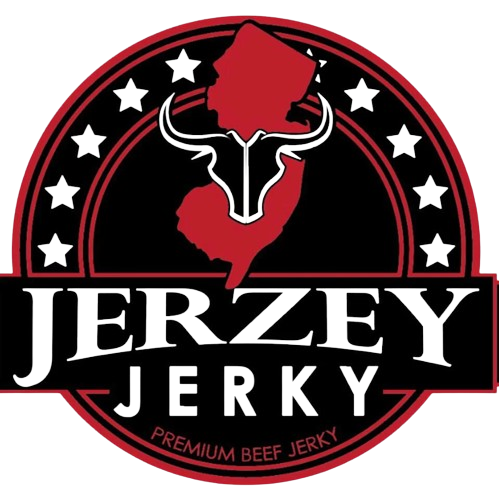
 2025-07-23
2025-07-23
 Wayne Holland
Wayne Holland
